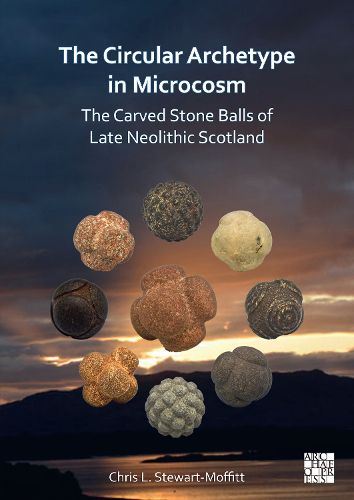Readings Newsletter
Become a Readings Member to make your shopping experience even easier.
Sign in or sign up for free!
You’re not far away from qualifying for FREE standard shipping within Australia
You’ve qualified for FREE standard shipping within Australia
The cart is loading…






The Circular Archetype in Microcosm is the culmination of seven years research into the Carved Stone Balls of Late Neolithic Scotland. It is the first study of these enigmatic artefacts since that undertaken by Dorothy Marshall in 1977 and includes all currently known examples in both museums and private hands, described and analysed in considerable detail. For the first time, visual geological characterisation has been undertaken on approximately a third of carved stone balls, which has enabled a more detailed analysis of their potential origin and the landscapes in which they were found. The book offers a revised classification/typology of these artefacts which, following careful analysis, suggests that it is possible to determine individual craftspeople with a wide range of skills. It suggests that carved stone balls were used as unique and distinctive gestalts that represented the ideology of the core area of Aberdeenshire and enabled disparate groups to recognise one another.
$9.00 standard shipping within Australia
FREE standard shipping within Australia for orders over $100.00
Express & International shipping calculated at checkout
The Circular Archetype in Microcosm is the culmination of seven years research into the Carved Stone Balls of Late Neolithic Scotland. It is the first study of these enigmatic artefacts since that undertaken by Dorothy Marshall in 1977 and includes all currently known examples in both museums and private hands, described and analysed in considerable detail. For the first time, visual geological characterisation has been undertaken on approximately a third of carved stone balls, which has enabled a more detailed analysis of their potential origin and the landscapes in which they were found. The book offers a revised classification/typology of these artefacts which, following careful analysis, suggests that it is possible to determine individual craftspeople with a wide range of skills. It suggests that carved stone balls were used as unique and distinctive gestalts that represented the ideology of the core area of Aberdeenshire and enabled disparate groups to recognise one another.